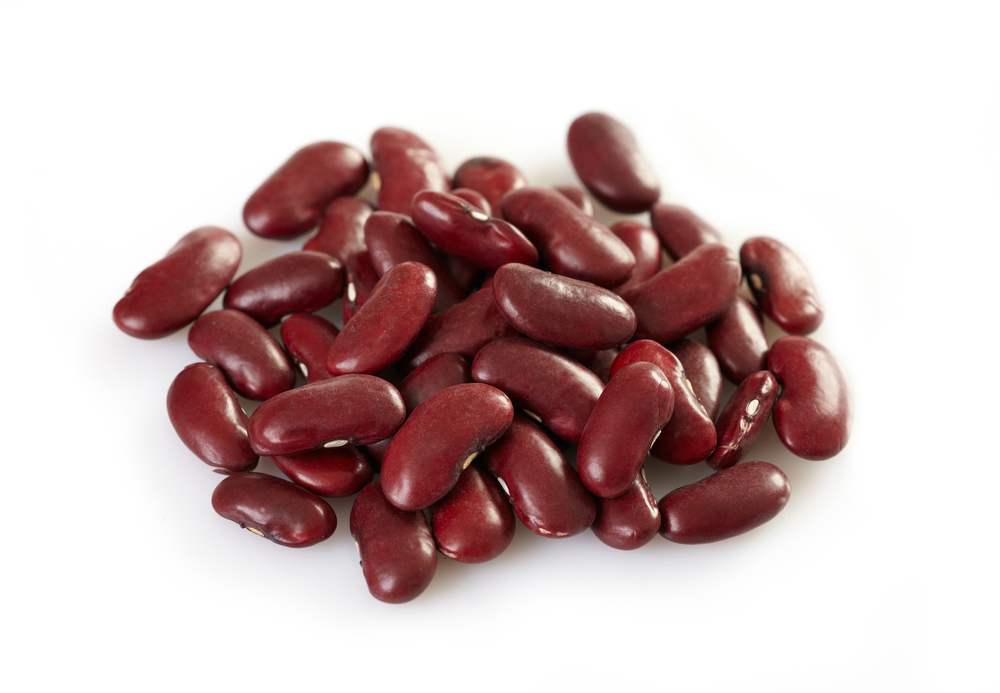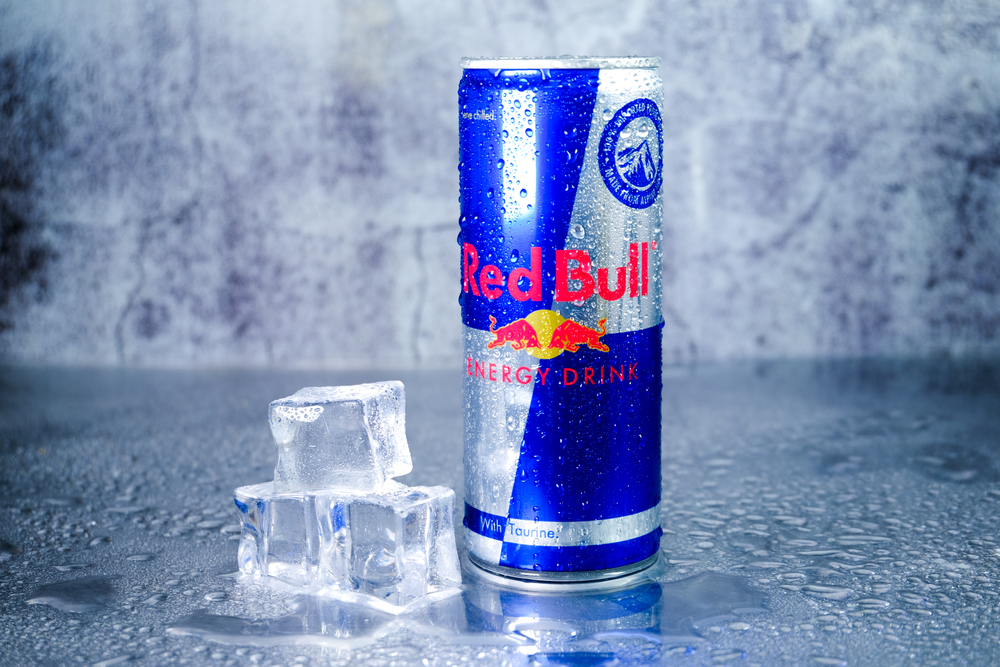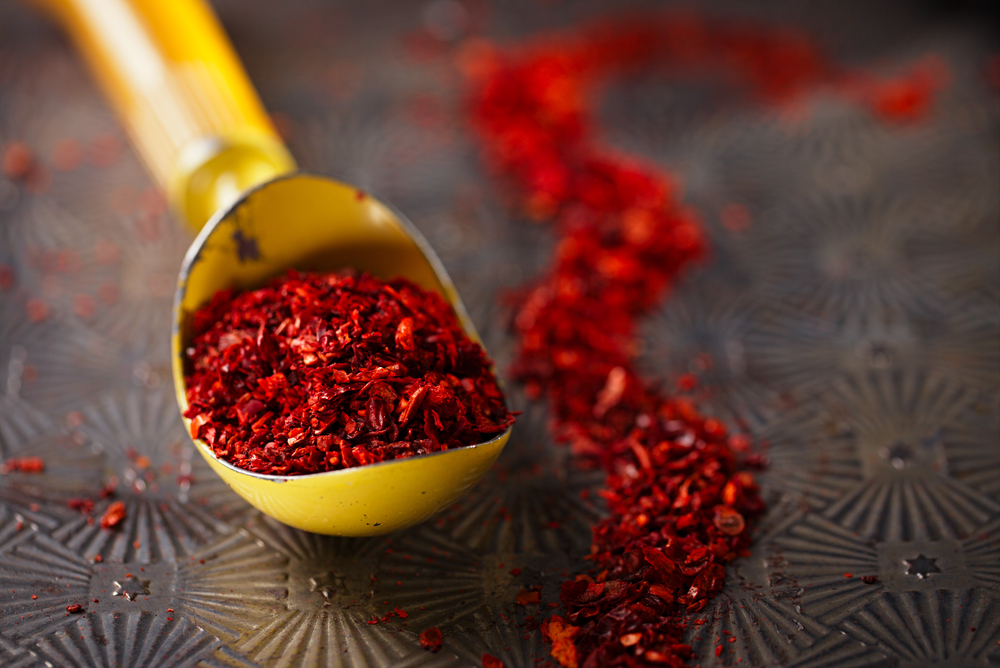Spanish onions are a type of onion that are comparable to the size of a softball and are globe-shaped. Their skin could range in color from anywhere between red and yellow, and they are sweet tasting and aromatic.
The sulfur content in Spanish onions is on the lower side, resulting in a much richer taste than most other onions have. They also contain a lot of sugar, making them very sweet when they are either raw or cooked.
Spanish onions are very versatile, and many people may want to have them in their home gardens because Spanish onions are also pretty low maintenance. The flavor of a Spanish onion is not overwhelming, but still sweet enough to enjoy raw.
What’s the Difference Between Spanish Onion and Regular Onion?
First and foremost, a Spanish onion and a yellow onion that most of us are more familiar with are very similar in their appearances. The biggest difference comes down to the flavor. Eating a regular yellow onion raw might not be the most pleasant experience, as they are pretty bitter.
In contrast, the taste of Spanish onions is not at all harsh, and pretty sweet. This sweetness is exclusive to the Spanish onion and you won’t be able to get it from any other type of onion. Despite the sweetness of the Spanish onion, they still have less sugar than most onions, so they taste unique from other onion varieties that are classified as sweet.
The sulfur content of Spanish onions is lower than that of most other onions, which gives the Spanish onion its delicate flavor. Spanish onions tend to be a bit larger than other types of onions, and they are more delicate. This makes them perfect for stir fries, but not so much for slow cooking.
Spanish Onion Overview
History

Spanish onions were first grown in the Mediterranean. As the seeds grew in popularity, English speaking countries took note of the fact that many of the seeds had Spanish sounding names. The term “Spanish onion” came about in the 1980s, to make the differentiation between different types of onions more convenient.
How They’re Grown
Because Spanish onions are native to the Mediterranean, they grow best in humid, hot climates. When Spanish onions are grown, their seeds are placed about four inches apart from each other, and the entire growing process takes around four months.
Once the seeds for Spanish onions have been planted, it is imperative that the soil is kept wet. It can be tricky because if the soil is too wet, the seeds will rot and the plants won’t grow successfully. Using sulfate-based soil is best, as it makes the onions have a more pungent taste.
Soil that is based in nitrate will also work for growing Spanish onions, but their flavor will be much milder. Once the plant is given time to grow and the tops start to turn brown and fall forward, the Spanish onions are ready to be harvested.
Upon harvesting, Spanish onions need to be laid out in a dry area so that they can dry for a week or so. Before storing the onions, the tops should be cut off with one inch of the stem still attached.
Flavor and Texture
Spanish onions have a flavor that is sweeter than most other onions, due to their lower sulfur content. Even though they are sweeter than other varieties of onions, they still have a somewhat low sugar content, so they don’t fall into the same category as “sweet onions.”
The texture of Spanish onions is very crunchy, yet their skin is still delicate. They can be eaten and enjoyed both raw and cooked, but cooking them for long periods of time will cause their skin to fall apart.
Nutritional Value
Another bonus of Spanish onions is that they are low in calories. Despite this, they have a sufficient amount of minerals and vitamins. Some essential nutrients in Spanish onions include antioxidants, fiber, prebiotics, and folate.
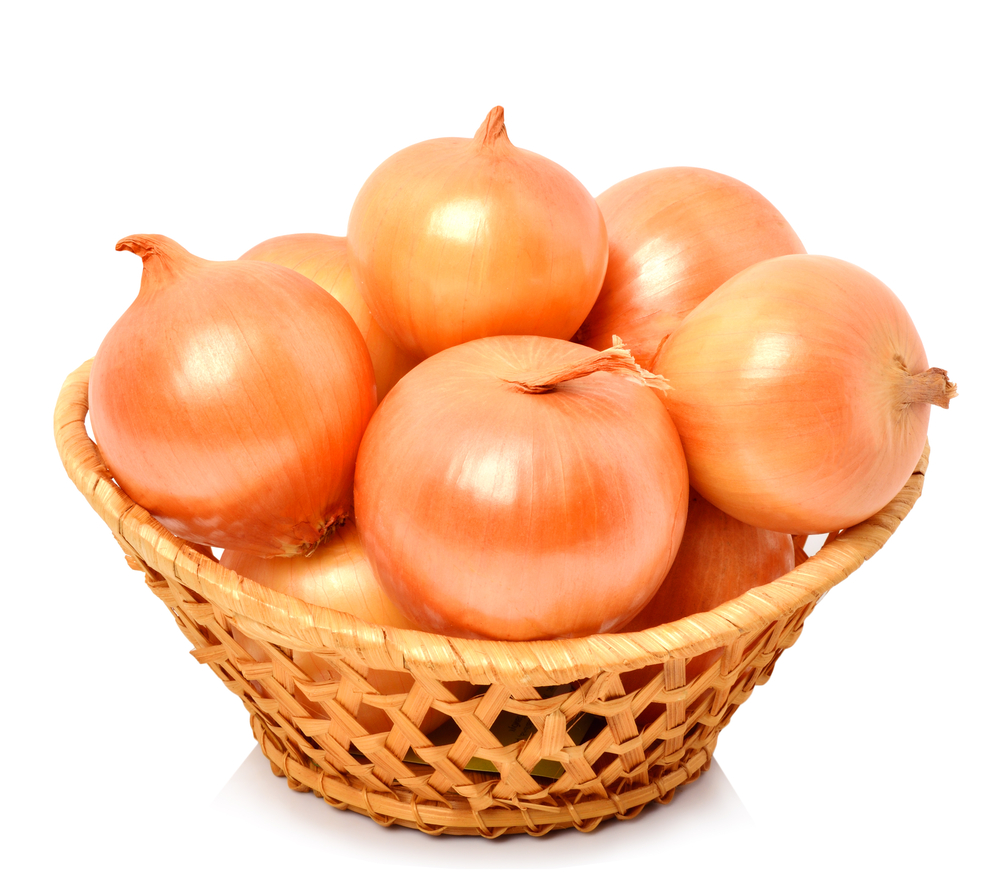
In addition, Spanish onions have B vitamins, potassium, quercetin, and vitamin C.
Benefits
Spanish onions also contain organosulfur compounds. Research of these compounds has shown that they may be able to positively affect cholesterol and blood sugar levels. Because of their antioxidants and flavonoids, Spanish onions are a healthy addition to any type of diet.
Substitutions
Generally, all onions can be substituted for one another. For example, if you need Spanish onions but can only find red or white onions, they will still work in your recipe. This is mainly because most onions do not differ much from each other in terms of shape and texture.
The type of onion you choose to substitute for a Spanish onion may have an affect on the flavor of your dish, however. For example, if you like the sweeter aspect of Spanish onions, yellow onions are nearly a replica. If you prefer a more harsh and distinct taste, go for red onions.
Overall, using any onion besides Spanish onions will unfortunately make your recipe slightly less sweet. Substituting them can be beneficial if you are specifically trying to watch how much sugar you eat. In many cases, using a yellow onion instead of a Spanish onion is the closest fit and won’t affect your dish too negatively, it may just take on a milder flavor.
Where to Buy Spanish Onions?
The season for Spanish onions is during most fall and winter months, so you’ll have the most luck tracking them down during this time. They are not typically considered a rarity, so they should be available at your local grocery store.
How to Choose Spanish Onions at the Store
When you’re at the store looking for Spanish onions, select the ones that are the most firm in texture. Their color should be yellow or white, and they should be completely clean of bruises or other blemishes.
When you choose a Spanish onion that has no cuts or other visible injuries, it is more likely to stay fresh for longer. If shopping online to get your groceries delivered to you, send a message to your shopper to carefully select the onions to the best of their ability.
How to Tell If They’re Spoiled
Eating rotten food is never a pleasant experience. It can be disappointing to watch some leftover veggies that you never got to cook start to rot, or frustrating when you’re not sure if they can be salvaged or must be discarded.
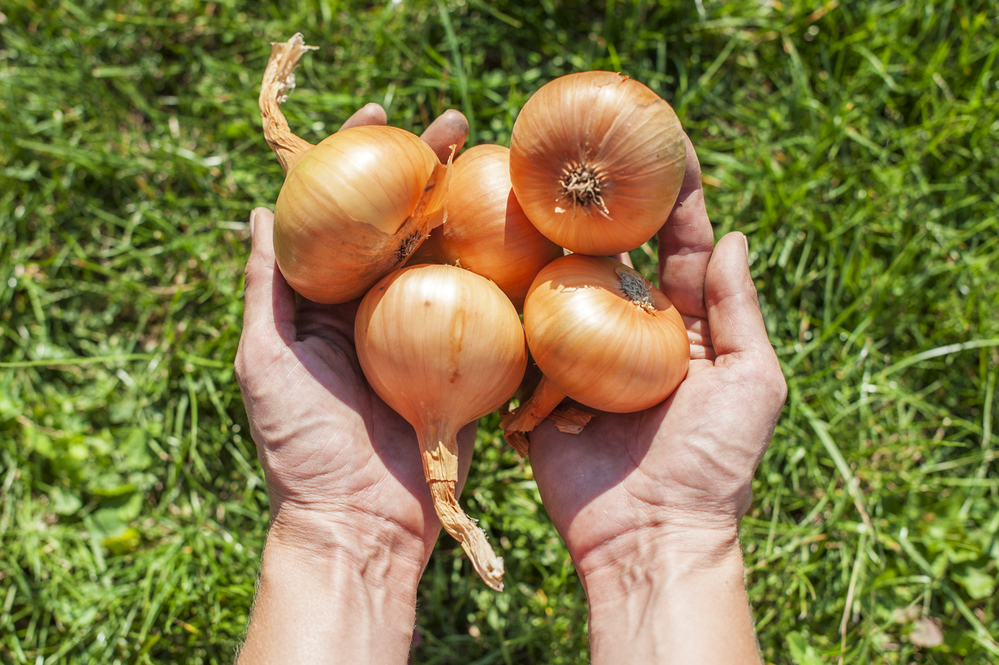
With Spanish onions, you will easily be able to tell if they are spoiled. Their skin will start to form soft spots, which will also be dark in color. In addition, a spoiled Spanish onion will smell like it too. Another sign that Spanish onions have gone bad is if they start to form growths.
If you notice your Spanish onions starting to go bad, it’s best to play on the safe side of things and just throw them out. The results from eating rotten onions may not be detrimental, but the longer the onions have been rotten, the more likely you are to have unpleasant symptoms if you consume them.
How Do You Store Spanish Onions?
When stored properly, Spanish onions can last for up to a few weeks. They may not keep as well as other onions, though, because they are mainly composed of sugar and water. The most important thing to do when storing Spanish onions is ensuring that they are in a cool, dry place.
Your Spanish onions will also need a lot of ventilation. Keeping them in a paper bag and leaving it open will work just fine. Using a plastic bag to store Spanish onions is not recommended because there will be less air, and they are more likely to rot faster. Plastic bags also offer a greater opportunity for moisture to get in, which also contributes to the onions rotting.
How to Cook Using Spanish Onions
Spanish onions are known for their sweet taste and versatility, so much so that many people will eat them raw, a characteristic not commonly associated with onions. But, they are also delicate, so cooking them may require more care than it would with other types of onions.
When cooking with Spanish onions, they do not require much flavor enhancement. Adding a bit of olive oil wouldn’t hurt, and they can make a great addition to stir fries. They can also be roasted, made into onion rings, or added to pasta.
Spanish onions can also be sliced raw and added to salads, soups, or sandwiches. As a general rule of thumb, Spanish onions can be integrated into any recipe that has a relatively short cooking time. They do not keep very well, so you may become disappointed if you try to slow cook Spanish onions.
FAQs

Is a Spanish onion a sweet onion?
“Sweet” isn’t typically something that you would associate with onions. But, Spanish onions are indeed sweet. Often, cutting them won’t even create the infamous tear-jerking reaction because of their sweetness. Their taste is not too strong, which makes them a great addition to many types of recipes.
Can you eat Spanish onions raw?
Not only is it safe to eat Spanish onions raw, many people prefer to. Their subtle sweetness yet crunchiness is something like you’d expect in a summer fruit. They can be a great addition to lunches by slicing them, or eating the slices on their own as a snack.
What kind of onion goes on burgers?
Burgers can be a versatile food, as many people enjoy to stack the veggies, cheese, and sauces between the hamburger buns and meat. The type of onion that you choose for your burger should depend on what flavor elements you look forward to the most.
If you want an extra sweetness to your burger, Spanish onions can work perfectly. If you care more about the texture and just want to add some crunchiness, nearly any type of onion will leave you satisfied. The most common types of onions that go on burgers are sweet, red, or white onions.
Final Thoughts
Spanish onions are a special type of onions. They are sweet and crunchy, and are unlike most other onions in the sense that their taste isn’t bitter or sour at all. They are extremely versatile and can make for the perfect addition to your next lunch or dinner.




